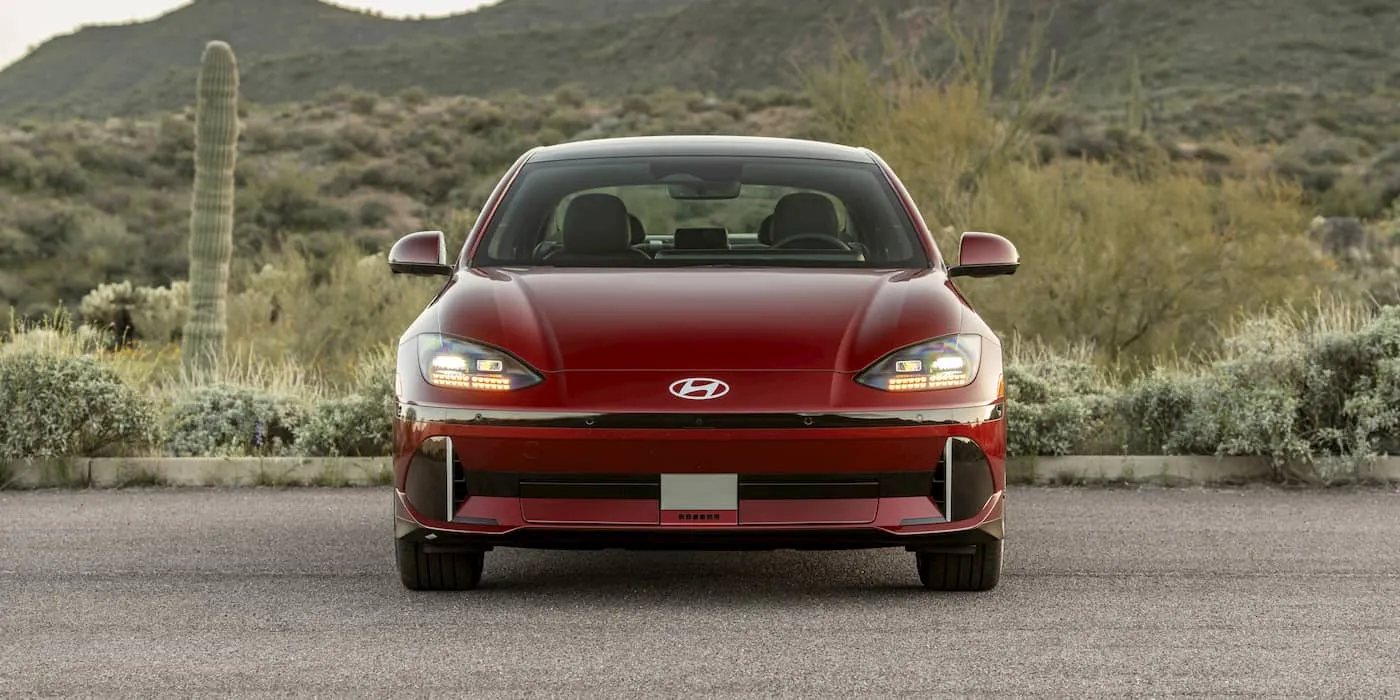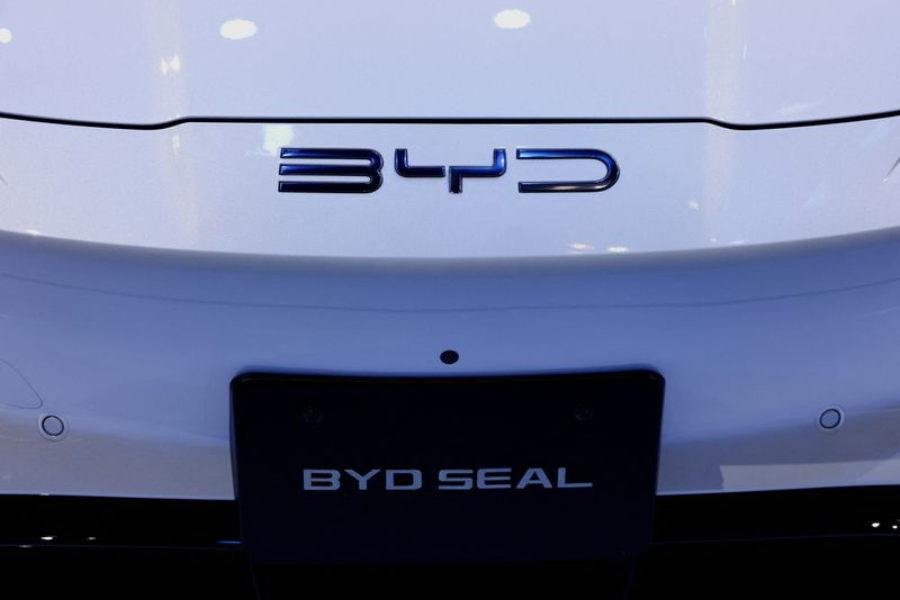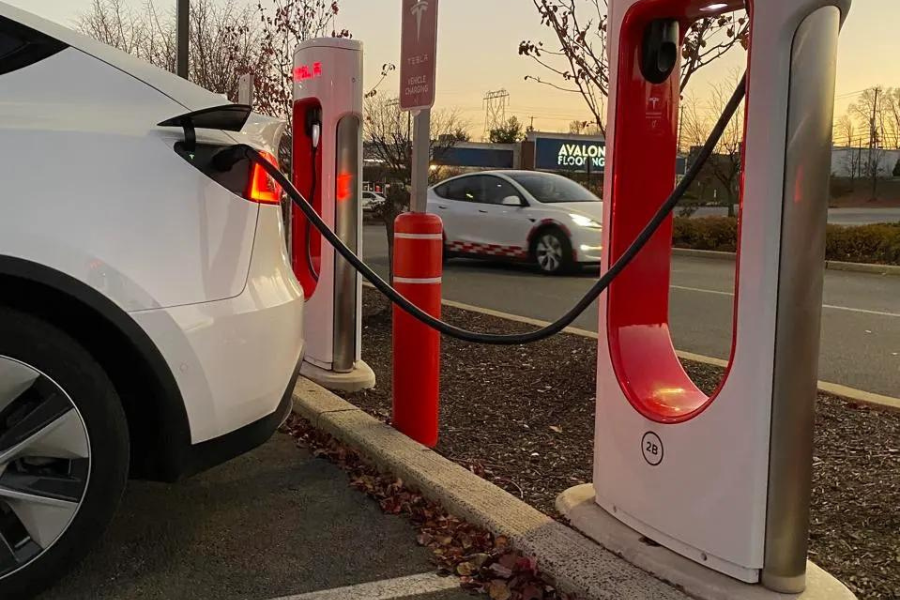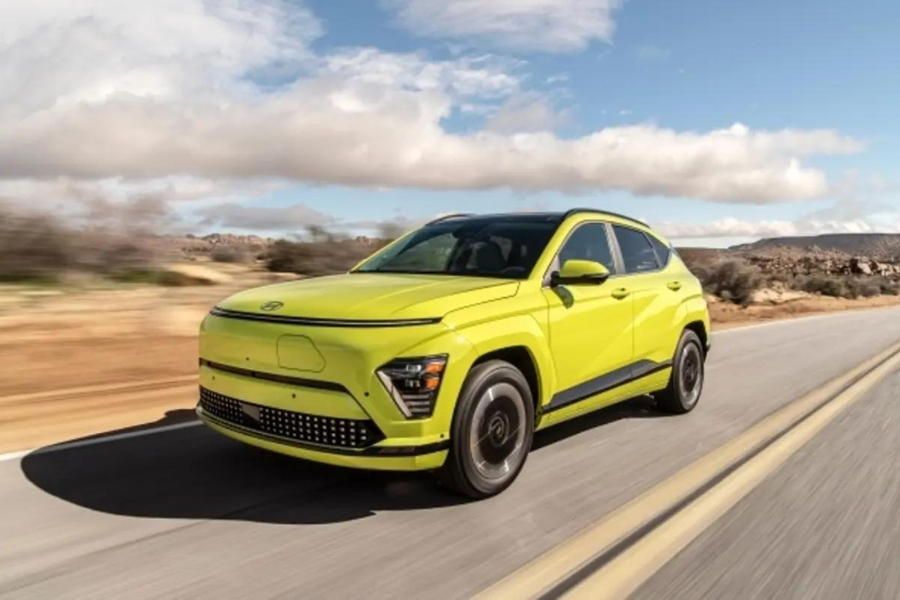In pursuing sustainable transportation, electric cars have emerged as a revolutionary alternative. However, the question lingers: Why can’t an electric car charge its own battery? This query stems from a desire for self-sufficiency and convenience.
While electric vehicles boast regenerative braking and innovative technologies, the fundamental challenge lies in the energy required for propulsion. In this article, I’ll look into the intricacies of electric car technology, exploring the limitations preventing these vehicles from autonomously replenishing their batteries through alternators, solar panels, and generators while on the move.
What Is Electric Cars & Alternator?
Why can’t Electric Cars charge themselves with an Alternator? While conventional internal combustion engine vehicles rely on alternators to generate electricity and charge their batteries, the dynamics are different in electric cars.
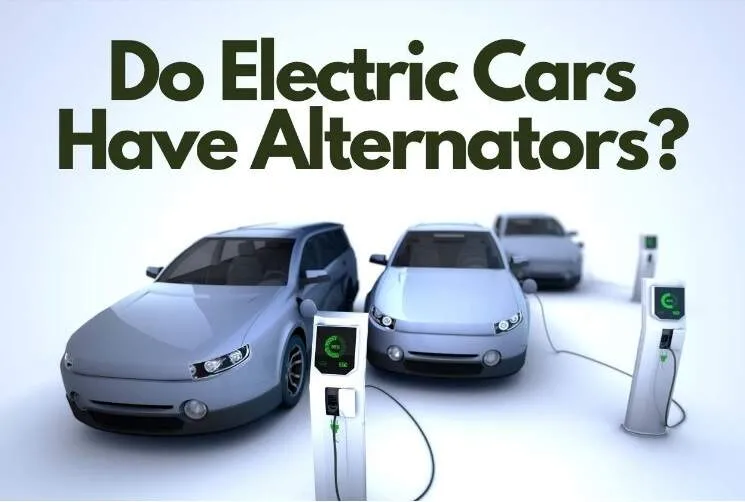
EVs utilize regenerative braking to recapture energy that would otherwise be lost as heat during braking. This captured energy is redirected to the battery for storage, contributing to the car’s overall efficiency.
However, the energy generated through regenerative braking is insufficient to fully charge the battery while driving due to the higher energy demands of electric propulsion systems.
What Is Solar Panels & Electric Cars?
Solar panels have become a symbol of renewable energy and a potential solution for EV charging. The question remains, why can’t electric cars charge themselves with solar panels?
While solar panels can harness sunlight to generate electricity, their limited surface area on a car’s roof restricts the energy generated. The energy produced might be enough to power auxiliary systems or slightly boost the battery. However, it falls short of fully replenishing the battery due to the energy demands of driving.
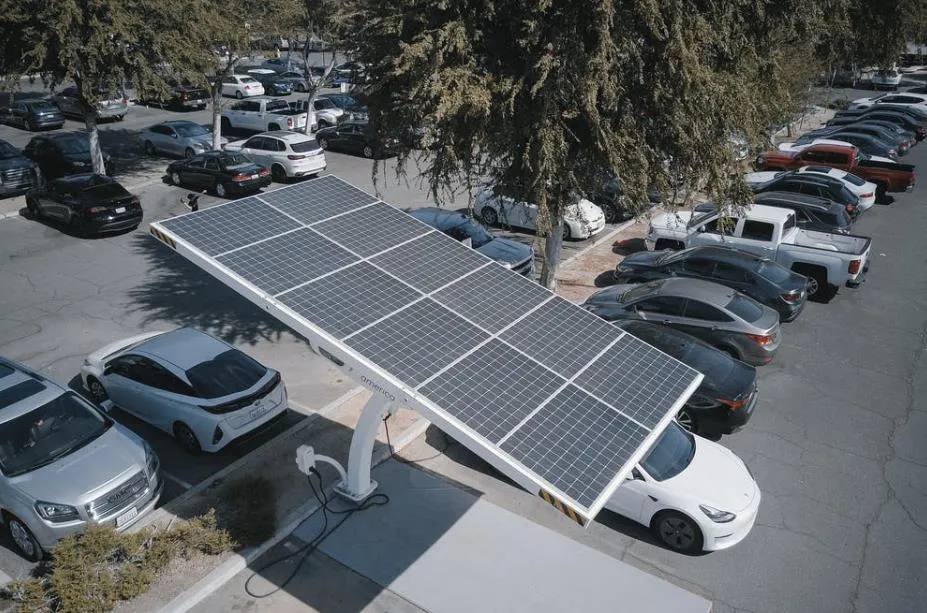
Charging Electric Car with Generator While Driving:
Using a generator to charge an electric car’s battery while driving seems logical, but it faces several practical challenges. And due to public interest and continuous queries, can you charge an electric car with a generator while driving?
So, here’s the answer, the energy required to power the electric motor far exceeds what a small generator can produce. Additionally, the inefficiencies of converting fuel energy to electricity and charging the battery result in significant energy losses, rendering this approach ineffective and inefficient.
Why Can’t Car Wheels Generate Electricity?
Some may wonder why can’t car wheels generate electricity. While this concept aligns with the principles of kinetic energy recovery systems (KERS) used in Formula 1 racing, the energy generated by a car’s wheels during regular driving is relatively small.

Capturing and transforming this energy into a helpful form would need sophisticated systems, and the power generated would still need to be increased to provide a substantial charge.
Electric Cars Charging While Braking:
Regenerative braking is an essential characteristic of electric vehicles since it allows them to harvest and store energy when braking. The electric motor briefly acts as a generator in this process, transforming the moving vehicle’s kinetic energy into electrical energy, which is subsequently stored in the battery.
But the real question is, do electric cars charge while braking? While regenerative braking improves EV efficiency, it is primarily intended to enhance driving range and efficiency rather than entirely charge the battery.
Range of Electric Cars Without Charging:
How far do electric cars go without charging? The driving range of electric vehicles is heavily influenced by factors such as battery capacity, driving conditions, and vehicle economy.
Modern electric cars range from 150 to 400 miles on a single charge. However, battery technology and charging infrastructure advances are gradually increasing these distances.
Aggressive driving, harsh temperatures, and excessive use of accessories can reduce range, emphasizing the significance of effective driving habits. As technology advances, electric vehicles can travel longer distances between charging stops.
When an electric vehicle (EV) battery runs out, it comes to a complete halt, making it immobile until it is recharged. This emphasizes the need for careful monitoring of battery levels and access to charging infrastructure.
Cars may create electricity using processes such as regenerative braking, but the energy produced is limited and sometimes inadequate to charge the vehicle’s battery while driving entirely.
Electric cars partially charge their batteries using regenerative braking, converting kinetic energy into electricity during. However, this process is insufficient to charge the battery while driving fully.

